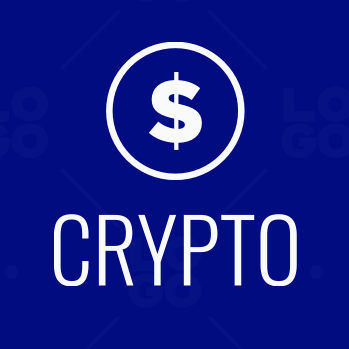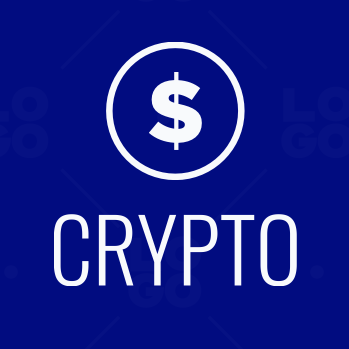Key takeaways
- Rug pulls usually show up as sudden token dumps, locked liquidity absence, anonymous teams, or suspicious tokenomics.
- On-chain checks — liquidity locks, contract renouncement, multisig, and transaction history — are the fastest ways to verify safety.
- If you suspect a rug pull, stop trading, withdraw what you can, gather evidence, and report to relevant platforms and chain analysts.
Introduction — why spotting a rug pull still matters in 2025
Despite maturing markets and stronger compliance, rug pulls remain one of the most common scams in crypto. A rug pull happens when developers or insiders suddenly drain liquidity or sell tokens en masse, leaving retail holders with worthless assets. In 2025, the tactics have become more sophisticated: copycat websites, simulated audits, and social-media-coordinated hype make due diligence essential. This guide shows how to identify a rug pull early, what on‑chain signals to check, and concrete steps to reduce loss if you’re caught up in one.
Also read : Top 10 Crypto Airdrops of the Year
What a rug pull looks like — common red flags
Rug pulls vary in form, but several recurring signals should trigger alarm:
- No liquidity lock or missing audit. Projects that can freely withdraw liquidity or show no credible audit are high risk.
- Anonymous or unverifiable team. No public identities, fake GitHub profiles, or plagiarized whitepapers are classic warnings.
- Tokenomics that enable sudden dumps. Huge developer allocations, early unlock cliffs, or permission to mint new tokens.
- Extreme social hype with paid influencers. Viral promotion without substance or repeated “FOMO” messaging is often manipulation.
- Fake or shallow partnerships. Logos of partners without confirmation or links to real press releases.
- Renounced ownership misdirection. Developers renounce contract ownership in a way that then allows backdoor control via proxy contracts — verify the actual code.
- Unusual wallet activity. Early large transfers from team wallets to exchanges, or concentrated token ownership among a few addresses.
Spotting any single sign doesn’t prove a rug pull — but multiple signals together should prompt immediate caution.
Fast on‑chain checks you can do now
On-chain data is your best friend. These checks take minutes and reveal hard evidence:
- Verify the liquidity lock. Use the lock provider’s contract link (e.g., team.finance, Unicrypt or reputable lockers) and ensure the lock covers the liquidity pair on the same blockchain. Check lock expiry dates.
- Inspect contract ownership and functions. Look for
renounceOwnership,mint,burn,transferFrom, or pause/unpause functions. View the verified contract in explorers (Etherscan, BscScan, Solscan, etc.). - Check token distribution. Look at the top holders. If a few wallets control a large percentage and are interchangeable with team wallets, risk is high.
- Track wallet-to-exchange flows. Large transfers from dev or treasury wallets to known exchange addresses indicate potential sell-offs.
- Audit and audit claims. Confirm the audit provider and read the audit report. Some projects post fake audit badges — validate links and timestamped reports.
- Look for multisig safeguards. A multisig treasury with reputable signers reduces single‑actor risk. Confirm the multisig address and signers where possible.
If you don’t understand the code, use community tools and trusted vets — but don’t skip the checks.
Social and off‑chain due diligence
On‑chain safety doesn’t replace off‑chain verification:
- Verify the team. Search LinkedIn, Twitter/X histories, and conference appearances. Check whether core contributors have verifiable past work.
- Read the whitepaper and roadmap critically. Vague promises, unrealistic token velocity, or absent technical details are red flags.
- Scan community channels. Healthy projects have constructive discourse, transparent admins, and active dev updates — not only hype and deleted comments.
- Confirm partnerships and listings. Contact listed partners or check partner announcements; fake logos are common.
- Check centralized exchange (CEX) intentions. If a project promises imminent CEX listings, demand proof of a signed LOI or partner confirmation.
Combining on‑chain scrutiny with off‑chain verification is the most reliable approach.
What to do if you suspect a rug pull
If signs point to a rug pull, act quickly:
- Stop trading the token. Further buys and swaps usually lock you in.
- Attempt to withdraw liquidity or unstake (if possible). Time is critical; however, many rug pulls disable withdrawals.
- Move unaffected funds to cold storage. Isolate unaffected assets in a hardware wallet or a fresh wallet.
- Gather evidence. Screenshots of transactions, contract addresses, token holder lists, and social posts are useful.
- Report to platforms. File reports with the token’s chain explorer, DEX, bridge, or any involved CEX. Use fraud-reporting channels and token scam databases.
- Seek chain analysis help. Professional services (on a fee basis) can sometimes trace proceeds and identify exchanges that received funds. Law enforcement or cybercrime units may act on well-documented cases.
- Share warnings in the community. Post objective, evidence-based alerts on X, Reddit, and Telegram so others can avoid losses.
Recovery is difficult, but organized reporting increases the chance of asset freezes or exchange action.
Prevention tips — minimizing rug pull risk
- Use reputable DEXs and audited bridges only.
- Prefer tokens with locked liquidity and multisig treasuries.
- Keep a small exposure for speculative projects and diversify.
- Maintain an airdrop/experimental wallet separate from your main holdings.
- Follow trusted security curators and on‑chain analysts for alerts.
Conclusion — skepticism is your strongest shield
By 2025 crypto markets are more regulated and resilient, yet rug pulls persist because they profit from human psychology: greed and FOMO. The good news is that with a few quick on‑chain checks and careful off‑chain verification you can dramatically lower your risk. Treat every new token as an investment that demands the same diligence you’d give a startup — verify liquidity, audit history, ownership, and distribution before committing funds. When in doubt, wait. In crypto, patience is as valuable as profit.



